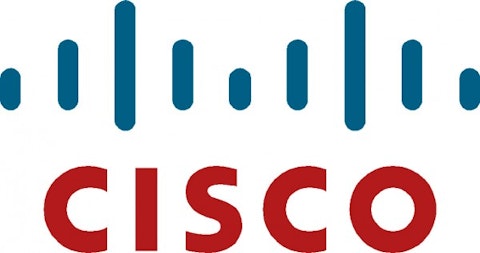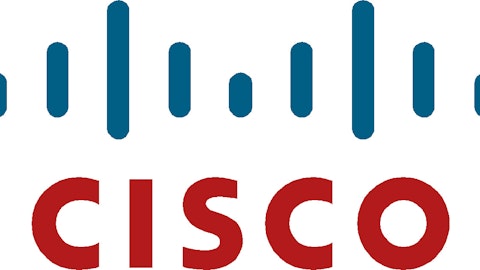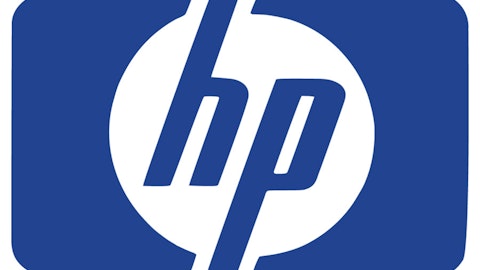The future of networking will be defined by software, with software-defined networking, or SDN, ushering in the software era of networking. SDN is a term that describes providing programmable interfaces within a network infrastructure to enable a high degree of automation in provisioning network services.
SDN is an evolving business that promises to change the landscape of today’s networks, which are heavily dependent on hardware. This article will provide a basic understanding of SDN, and offer a few investment ideas in this nascent industry.

With OpenFlow / SDN, users can customize networks to local needs, eliminate unneeded features, and create virtual, isolated networks. Many people don’t understand the difference between OpenFlow and SDN. This isn’t surprising, because the two technologies are closely related. However, they aren’t interchangeable. OpenFlow is the protocol that configures network switches using a process like an API.
With virtualization and cloud computing, hyperscale computing and massive data centers, networks are the foundations of the evolving data centers. With the ever-growing number of switches, routers, and other devices, these modern data centers are also becoming expensive to buy and operate, complex, inflexible and, according to some, a barrier to innovation. Proponents of SDN are hoping to change all that.
SDN can be explicitly defined. There are three architectural layers to an SDN network: the physical network, the SDN applications, and the SDN controller.
Physical Network: The lowest layer consists of the physical devices like routers and switches in the network that forms the foundation of all IT infrastructures.
SDN Applications: The most visible layer in an SDN design is the applications that deliver services, such as switch / network virtualization, firewalls, and flow balancers.
SDN Controller: The SDN controller is the middleware that serves as the linchpin of the entire architecture. The controller must integrate with all the physical and virtual devices in the network.
Early Movers in SDN
Companies that are pioneering this new trend include many reputed networking giants. OpenFlow has been in development since 2007, but here’s how some of the key networking players are approaching SDN today. Being early movers, these companies offer amazing long-term investment opportunities.
Cisco Systems, Inc. (NASDAQ:CSCO)
Cisco is the leading vendor in routers and switches. It mainly operates in the lowest layer of the network. The company targets five key markets for programmable networks, but views OpenFlow as only relevant in one of them — research and academia. And thus far, Cisco has pledged to support OpenFlow on only the Catalyst 3750-X and 3560-X switches.
David Meyer, a distinguished engineer at Cisco Systems, Inc. (NASDAQ:CSCO), says the company understands the potential impact of OpenFlow / SDN and is formulating a reaction to it.
Cisco also announced its SDN strategy at Cisco Live with Open Network Environment, which includes an SDK and API called onePK for routing and switching platforms, such as the Integrated Services Router G2, Aggregation Services Router, Cloud Services Router and Nexus data center switches.
Cisco Systems, Inc. (NASDAQ:CSCO) has funded an advanced networking startup, called Insieme, with $100 million, with the right to eventually buy the company for as much as $750 million more. Insieme is expected to boost Cisco’s portfolio in SDN.
VMware, Inc. (NYSE:VMW)
VMware, Inc. (NYSE:VMW) provides applications and controllers in a single product. The company paid $1.26 billion to acquire start-up Nicira for its overlay network virtualization control software. Nicira was co-founded by OpenFlow creator Martin Casado, but OpenFlow plays a supporting role in Nicira’s software — not a central one.
VMware is going to use Nicria’s technology to provide a management framework within its vCenter for virtual and physical networks. VMware, Inc. (NYSE:VMW) management components will be a subset of functions needed to provide networking for virtual machines, such as defining connections and profiles. More importantly, however, users will be able to easily insert services like load balancing and firewalling into vCenter.
VCenter is going to assume that the network can fulfill the requests made by virtual machines. It will be up to vendors and network engineers to design and maintain robust and reliable networks that meet the assumption.




